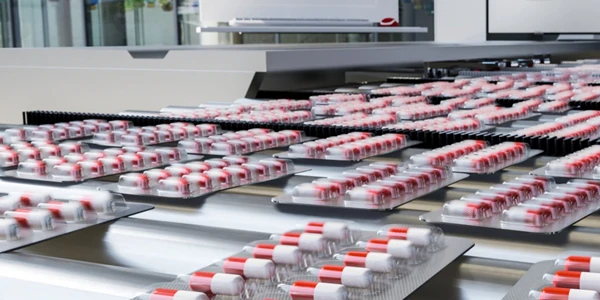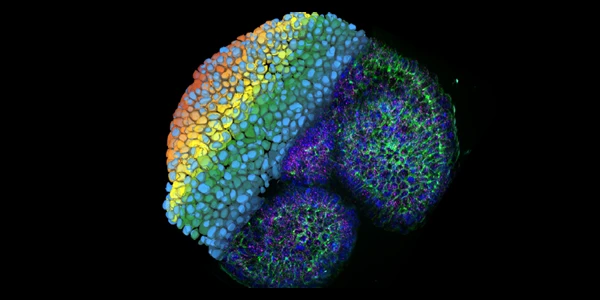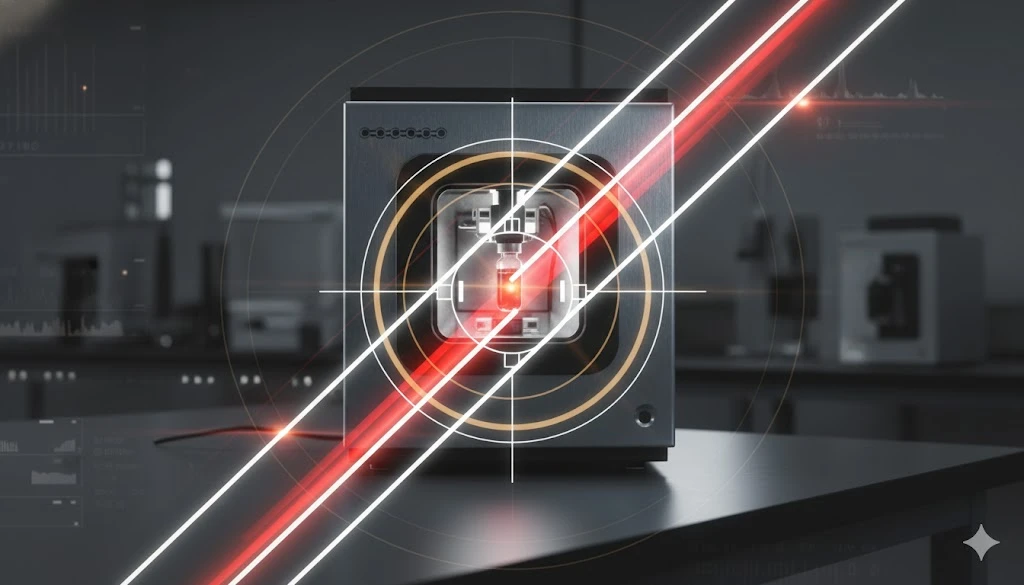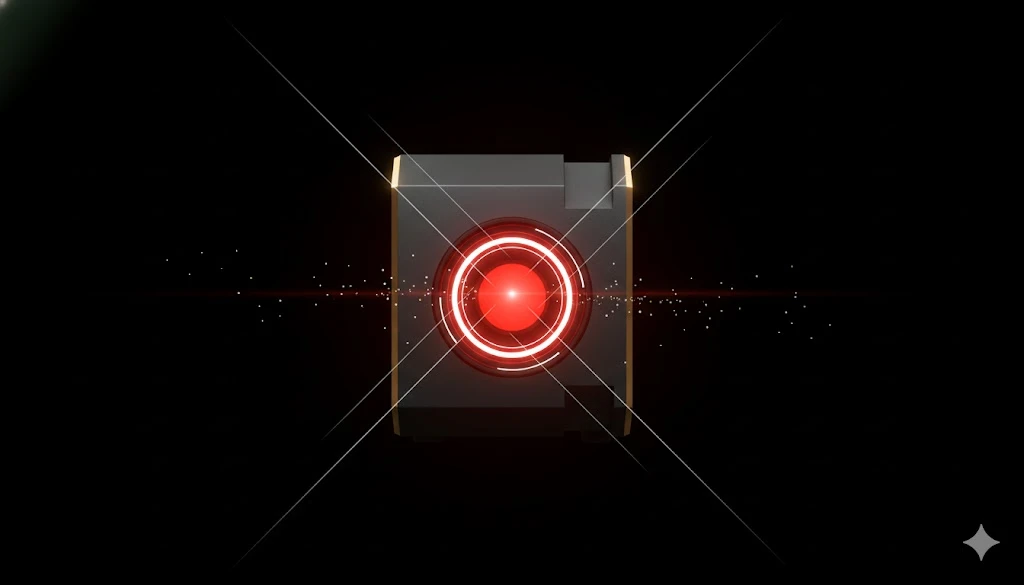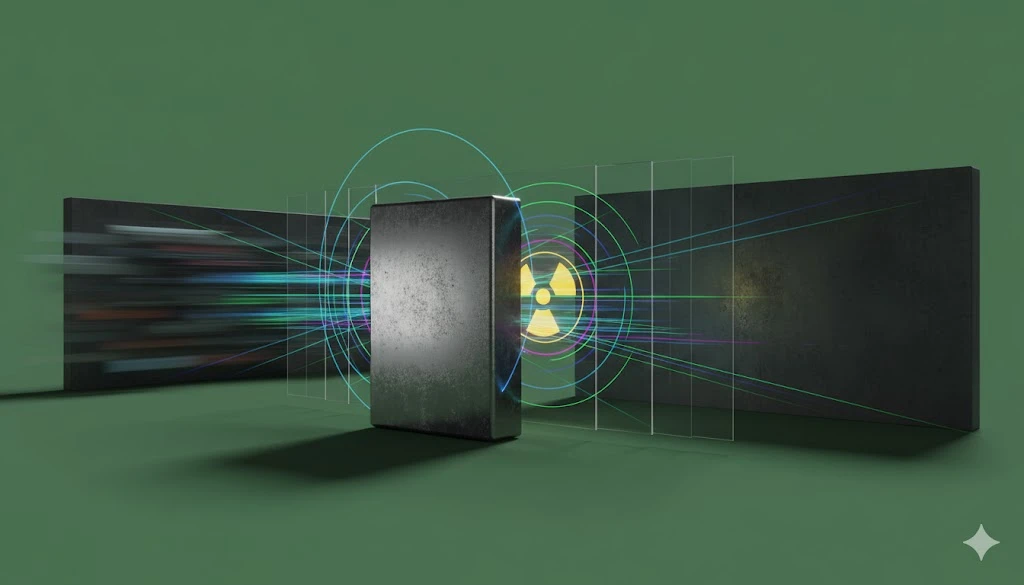How to Choose the Right DNA Sequencer for Your Research Budget
GEMINI (2025) The acquisition of a DNA sequencer represents a significant capital expenditure within a molecular research facility or clinical laboratory. The selection process is rarely dictated solely by technological preference; instead, it requires a rigorous financial evaluation to ensure maximum return on investment (ROI) and sustained operational viability. Matching the intended research scale—from targeted gene panels to whole-genome sequencing—with the appropriate platform capacity is critical for efficient resource allocation. A careful assessment of various sequencing platforms, considering both the initial capital expenditure and long-term running costs, is foundational to optimizing any sequencing budget. The first step in budgetary planning is precisely defining the scope of sequencing needs, as instrument size directly correlates with cost. DNA sequencer platforms are typically categorized by their maximum throughput, measured in gigabases (Gb) or terabases (Tb) per run, and their total run time. Small-scale or low-throughput platforms are ideal for laboratories with limited, targeted sequencing requirements or those performing routine validation. These machines often have lower up-front costs and use smaller, more affordable consumable kits. Conversely, large-scale, high-throughput systems are designed for core facilities, commercial sequencing providers, or large-scale multi-omics projects (e.g., population-level whole-genome sequencing). These machines offer significantly lower cost per gigabase but require a high, steady volume of samples to justify their massive capital expense. The laboratory must project its annual sequencing volume and required turnaround time. Running a large, production-scale DNA sequencer at low capacity results in wasted resources and an inflated effective cost per base, while constantly overloading a desktop system can cause bottlenecks and increase labor costs. Throughput Level Example Applications Optimal Budget Strategy Low-Throughput (Desktop) Plasmid validation, targeted small panels (e.g., 5-10 genes), quality control, microbial ID. Low capital cost, higher reagent cost. Focus on speed and simplicity. Mid-Throughput (Benchtop) Whole-exome sequencing, RNA-Seq for small cohorts, medium targeted panels. Balanced approach. Excellent cost per base at moderate volumes. High-Throughput (Production) Whole-genome sequencing (WGS), large clinical trials, high-depth single-cell sequencing. Highest capital cost. Requires high, steady volume for lowest cost per base. Acquisition budgeting requires distinguishing between the initial capital outlay and the long-term operational expense, often encapsulated as the cost per base. The capital cost is the purchase price of the DNA sequencer instrument itself. Low-throughput, desktop sequencers may range from $20,000 to $100,000. Mid-range benchtop systems typically fall between $100,000 and $350,000. High-throughput production instruments, designed for continuous operation and maximal data generation, can easily exceed $500,000, with some costing over $1 million. The cost per base is the calculated cost of reagents, consumables, and labor required to produce a single base pair of usable sequencing data. This metric is the true indicator of long-term financial efficiency. Production-scale DNA sequencer platforms dramatically drive down the cost per base due to their superior economy of scale, sometimes achieving costs below $1 per gigabase. However, achieving these low costs requires maximizing the utilization of the flow cell or chip, which can be an expensive upfront consumable. If a flow cell is run at half capacity, the cost per base effectively doubles. For laboratories with small or unpredictable budgets, a low-capital-cost DNA sequencer may be the safer choice, even if the per-base cost is higher. This minimizes the financial risk associated with underutilization. Conversely, a stable core facility budget should prioritize a system that delivers the lowest possible cost per base, accepting the high initial capital expense as necessary for operational efficiency. Leasing options, or buying refurbished models, are also viable strategies to mitigate high capital costs. The true cost of implementing a DNA sequencer extends far beyond the instrument's sticker price. The Total Cost of Ownership (TCO) calculation must incorporate all auxiliary expenses essential for sustained operation. Ignoring these factors can quickly derail a well-planned research budget. Reagents and specialized consumables (e.g., flow cells, chips, cartridges) are typically the largest variable cost. These are proprietary to each manufacturer and often lock a laboratory into a specific supplier. Budgeting must account for variable pricing tiers, potential bulk purchasing discounts, and the shelf-life of reagents, especially when throughput is inconsistent. All sophisticated DNA sequencer systems require routine maintenance, troubleshooting support, and occasional component replacement. Service contracts can be extremely costly, often representing 10% to 15% of the instrument's capital cost annually. A laboratory with a tighter budget might opt for time-and-materials support, but this carries the risk of unpredictable, massive repair costs, particularly for complex laser or fluidic systems. The output of modern sequencers generates massive amounts of raw data (terabytes per run for high-throughput systems). Budgeting for bioinformatics must include: Storage: High-performance, scalable data storage solutions (local servers, cloud storage) and long-term archival. Computing: Dedicated high-performance computing (HPC) resources or cloud computing budget for read alignment, variant calling, and downstream analysis. Personnel: Specialized bioinformatics staff or contractual expenses for data analysis services. The data management infrastructure required for a high-throughput DNA sequencer often rivals or exceeds the cost of the instrument itself over a five-year period. This hidden cost requires meticulous planning, as inadequate infrastructure can render sequencing data unusable. The market offers a clear hierarchy of DNA sequencer models, each aligning with a distinct budget profile and operational need. These compact, benchtop systems are optimized for ease of use and rapid setup. They typically offer limited capacity but deliver fast turnaround for small sequencing batches. They are ideal for individual research grants, teaching laboratories, or clinical sites requiring only targeted, rapid testing. While the cost per base is relatively high, their low capital investment and simplified workflow minimize infrastructure overhead and reduce the need for specialized bioinformatics staff. They represent a low-risk entry point into next-generation sequencing. Mid-range sequencers strike a balance between throughput and cost. They provide significantly improved cost per base compared to desktop models and can comfortably handle whole-exome or extensive targeted sequencing for moderate-sized projects. They are the workhorse for many academic labs and smaller service providers. The budget allocated for these systems must include a stronger commitment to dedicated storage and computing, as the data volume is substantial. Their versatility allows them to pivot between various applications, from targeted panels to larger genomic studies. These systems are for industrial-scale data generation and are reserved for budgets focused on achieving the absolute lowest cost per base. Their acquisition requires robust long-term funding, an established pipeline for continuous sample processing, and substantial dedicated bioinformatics and IT support. These instruments are utilized in large genome centers, pharmaceutical research, and high-volume clinical diagnostics where minimizing the cost of sequencing millions of samples is the primary financial driver. For any facility contemplating a production-scale system, securing multi-year funding and guaranteed sample volume is essential to realize the platform's economic advantages. Selecting the optimal DNA sequencer is a strategic financial decision that goes beyond the initial price tag. Laboratory professionals must adopt a holistic budgeting approach by accurately projecting annual throughput, meticulously calculating the Total Cost of Ownership (TCO), and factoring in the specialized infrastructure required for data analysis. Whether prioritizing the lowest capital outlay for small projects or achieving the absolute lowest cost per base for high-volume analysis, aligning the platform's capabilities with the laboratory's long-term financial roadmap is the key to sustainable genomic research and diagnostics. How is the "cost per base" calculated for a DNA sequencer?
The cost per base is calculated by dividing the total operational cost of a sequencing run (reagents, flow cell/chip, labor, and a fraction of the maintenance cost) by the total number of gigabases of usable sequence data generated in that run. What are the biggest hidden costs associated with NGS instrument acquisition?
The largest hidden costs are typically the annual service and maintenance contracts (often 10–15% of the capital cost) and the infrastructure required for bioinformatics, including massive data storage and high-performance computing resources. For a small academic lab with an unstable budget, which type of DNA sequencer is recommended?
A low-throughput, desktop-style DNA sequencer is generally recommended. The lower initial capital investment minimizes financial risk, and the smaller reagent kits are more affordable for intermittent, low-volume sequencing needs, despite having a higher cost per base. When should a laboratory prioritize low capital cost over low cost per base?
Prioritization of low capital cost is advised when annual sequencing volume is low, inconsistent, or unpredictable, or when grant funding is restricted to immediate equipment purchase rather than long-term operational costs. This minimizes the risk of underutilizing an expensive, high-throughput machine. This article was created with the assistance of Generative AI and has undergone editorial review before publishing.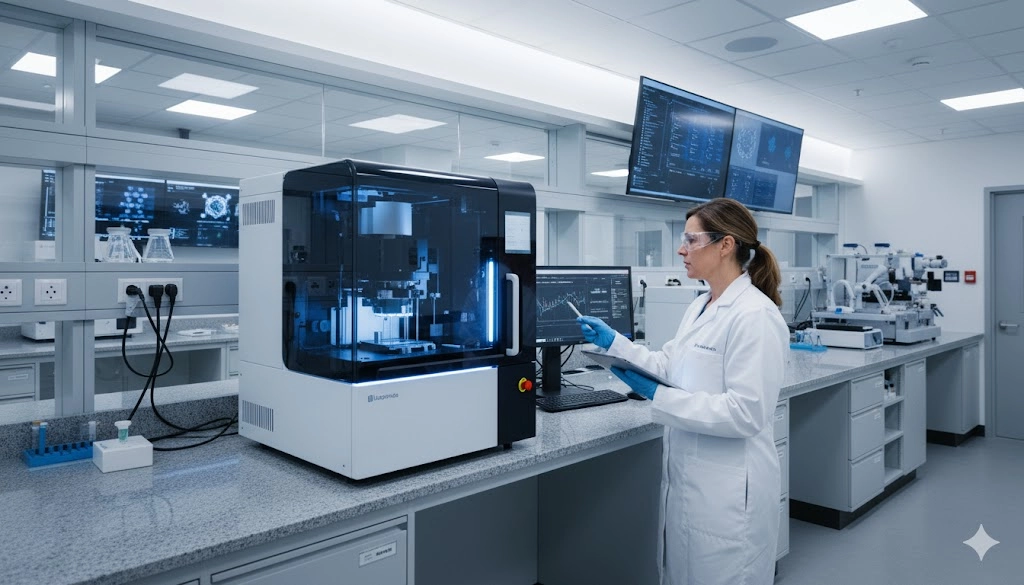
Defining Research Scale and Throughput: Matching Project Scope to Sequencer Capacity
The Economics of Acquisition: Capital Cost versus Cost Per Base
Analyzing the Total Cost of Ownership (TCO): Reagents, Maintenance, and Personnel
Reagent and Consumable Costs
Service and Maintenance Contracts
Bioinformatics and Data Management
Scalable Options for Every Budget: Desktop, Mid-Range, and Production Sequencers
Desktop Sequencers (Entry-Level Budget)
Mid-Range and Benchtop Sequencers (Moderate Budget)
Production-Scale Sequencers (High-End Budget)
Financial Planning for Genomic Technology
Frequently Asked Questions (FAQ)
